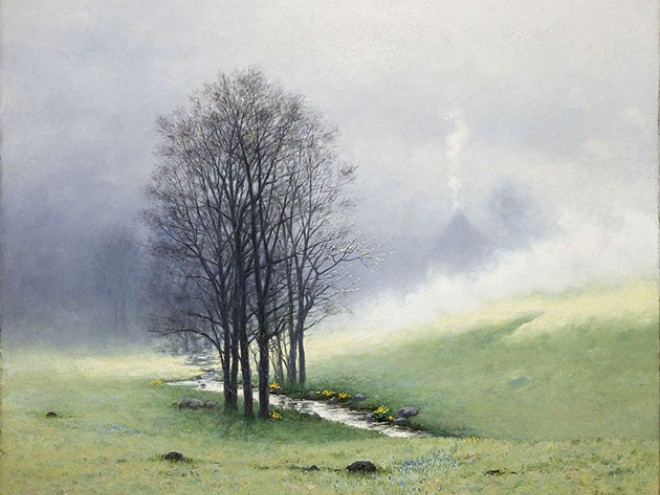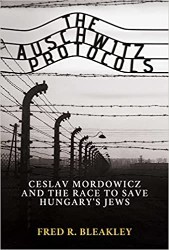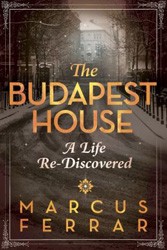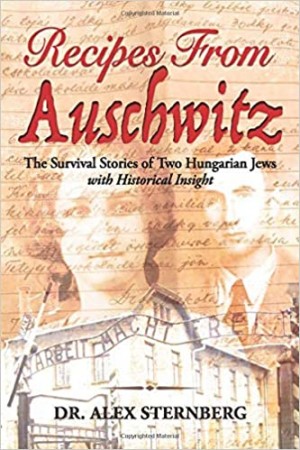In 1944, József Debreczeni was among the hundreds of thousands of Hungarian Jews whom Nazis rounded up and sent to Auschwitz-Birkenau, where about eighty percent were killed immediately upon arrival. In this postwar memoir, published in English almost fifty years after his death, Debreczeni chronicles his experiences as one of the twenty percent who were condemned not to the gas chambers, but to slow death by hard labor. In highly detailed, informative, and emotive prose, Debreczeni — a newspaper reporter — recounts his experiences across numerous hard-labor and death camps within the Reich, including Auschwitz, Gross-Rosen, and eventually Dörnhau, the so-called hospital of the Gross-Rosen system.
Cold Crematorium is an especially welcome addition to the canon of Holocaust memoirs because it exposes readers to a number of camps, subcamps, and labor camps beyond Auschwitz-Birkenau. While it’s true that Auschwitz-Birkenau was the major killing center for most of the war, the available literature does not always demonstrate the sheer number of camps that existed throughout the Reich. Even readers with deep knowledge of the Shoah have much to learn from Debreczeni’s memoir. Dörnhau, the cold crematorium of the memoir’s title, was little more than an empty warehouse retrofitted with bunks, where those too ill to work awaited transport to a death camp. In the final weeks of the war, Jews from all over the globe were abandoned there to die of exposure, starvation, or typhus.
This book is a hard read, but one that is timely, important, and exactly what a Holocaust memoir should be. Debreczeni’s reporter’s mind helped him catalog minute details of his captivity, providing readers with an intimate — if painful — window into the life of a Jew during the Shoah. Recalling his time at Dörnhau, for instance, Debreczeni writes, “The bluebird of hope that’s been winking at our bunks has flown away again. The electricity of the instinct for life is gradually fading from Block A. Disenchanted, we turn our attention back to picking lice off ourselves.” Paul Olchváry’s masterful translation devastatingly captures the bleak mood at Dörnhau when the prisoners realized that Soviet troops, who were close enough to hear, ultimately stalled.
As Jonathan Freedland explains in his excellent foreword, Cold Crematorium can’t be categorized as one of the many “uplifting stories of survival that testify to the resilience of the human spirit” — an unrealistic trope in which too many commercially successful Holocaust narratives indulge. Instead, Cold Crematorium unapologetically captures the lived experiences of dead Jews, from the perspective of a person who knew that the outside would never believe the horrors to which he and his fellow Jews were subjected.
Leah Grisham, PhD, is a Cleveland-based writer. Her first book, Heroic Disobedience, was published in 2023. She is currently working on a new book about the Holocaust. Catch up with her at leahshewrote.com





